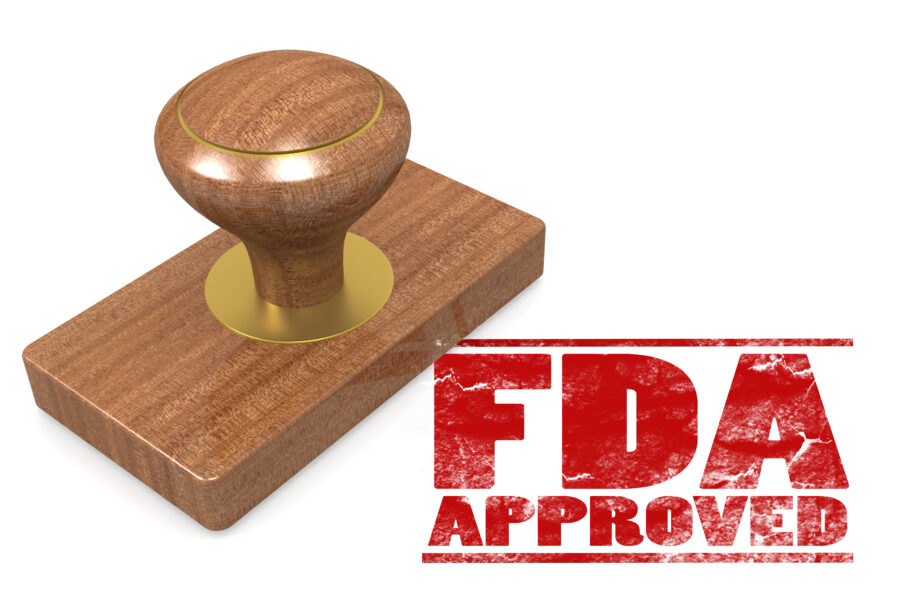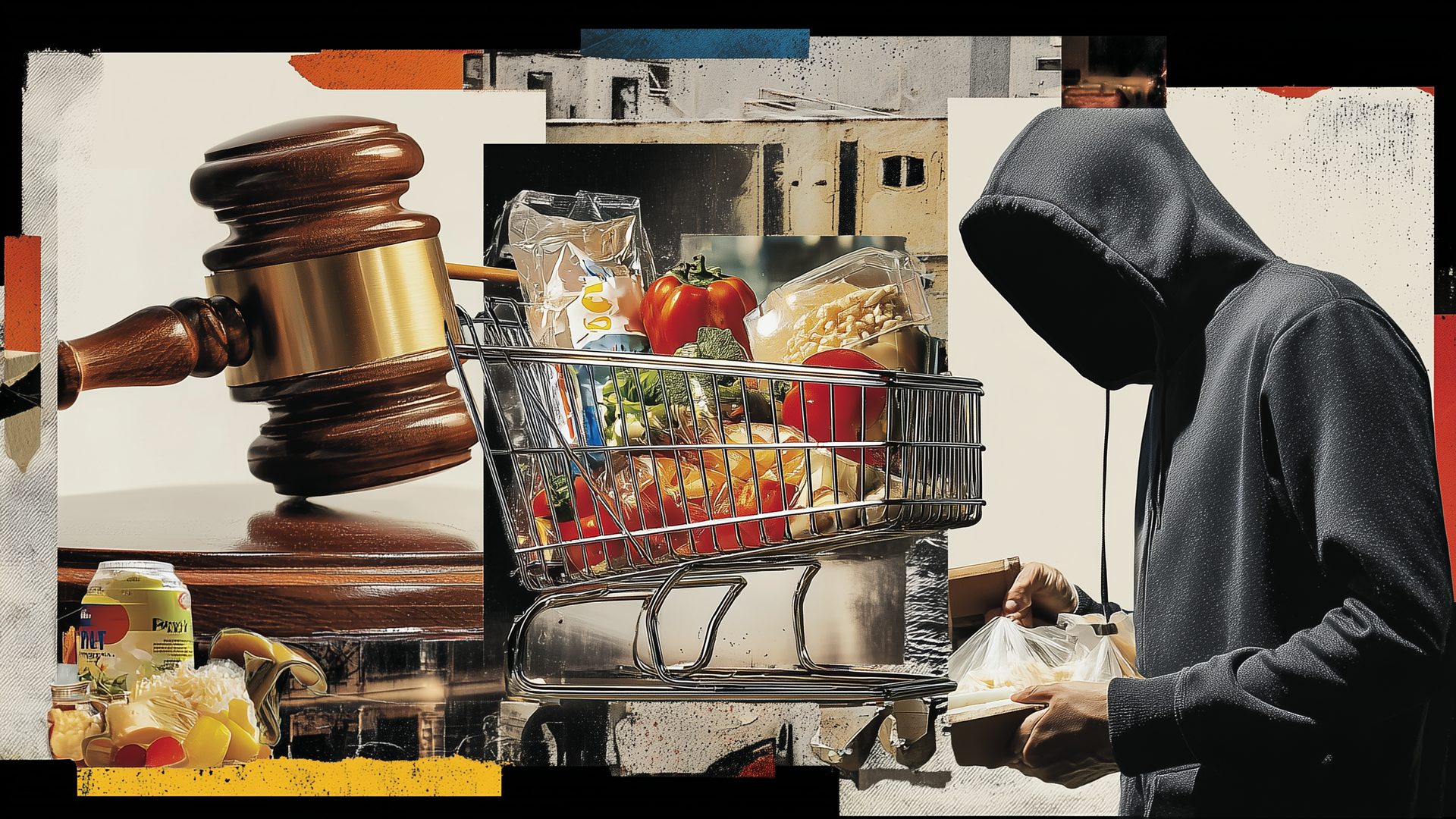The Food and Drug Administration estimates food fraud is a $40 billion problem annually, but products purporting to be something they’re not is an age-old phenomenon.
“What is new, is the pervasiveness of the ‘food safety culture’ as well as technologies enabling traceability and digital monitoring that can help make sure suppliers are conforming to regulations, proper audits are being performed, and the industry is committing to an education program for those on the frontlines,” Karim-Franck Khinouche, CEO of Novolyze, which provides food production companies with digitized solutions in food safety and quality, told The Food Institute.
Whether it be jug wine labeled as a prime vintage or supplements spouting unproven health benefits, or products to which harmful substances have been added, food fraud is a problem globally.
“We might not know the overall impact of food fraud because so much of what fraudsters do is hidden from us,” Kristie Laurvick, senior manager of the foods program at the U.S. Pharmacopeial Convention, recently told CNBC.
POSSIBLE FRAUD SOLUTIONS
Various ways have been suggested to curb the problem, including implementing blockchain technology to track components from their sources to consumers’ tables, as well as more careful vetting of suppliers and supply chains, use of sensors to track goods, DNA and chemical testing, and an effective whistleblower policy.
Leah Wolfe, head of regenerative education and content at HowGood, an independent research company, said the highly complex supply systems make it difficult to fully understand where ingredients are sourced from and how they’re produced.
“Fraudsters will likely continue attempts to profit by misleading consumers, which can erode consumer trust across the sector,” Wolfe said. “Brands can set themselves apart by partnering with intelligent database platforms that trace the social and environmental impacts of food products down to the ingredient level.”
At Organic Ocean, molecular diagnostic techniques are used to assure species identity, CEO Dane Chauvel said.
“Health and environmental concerns are driving consumer interest in high quality, nutritious and ‘eco-friendly’ seafood,” Chauvel said. “The mislabeling of seafood, whether intentional or unintentional, is making the authenticity of fish products particularly important to the consumer. Species identification is also important for the harvester or producer in order to reduce competition from low-valued mislabeled or misrepresented seafood; identify products from illegal, unreported or unregulated fisheries; and limit illegal trade.
“Unlike land-based food sources, the environment in which seafood is harvested or produced is often difficult to inspect,” he added. “The removal of recognizable external [morphological] features like head, tail, fins and skin when the fish is filleted or otherwise processed, also makes species confirmation difficult.”
SUPPLY CHAIN IS KEY
Brian Fowler, vice president of procurement and product development at Omaha Steaks, said the company is able to control fraud because it keeps tight control of its supply chain.
“We know what’s in our food because we make most of our most important products ourselves,” Fowler said. “For example, we cut all of our own steaks in our production facilities in Nebraska. We bring in the beef from a small group of suppliers with whom we have been working, on average, with for more than 30 years.
“Then, we age it all in-house to our internal specifications — at least 28 days for maximum tenderness and flavor — and then cut, package and freeze it,” Fowler added. “We’re always reviewing our products internally and looking for consistent quality. …”












